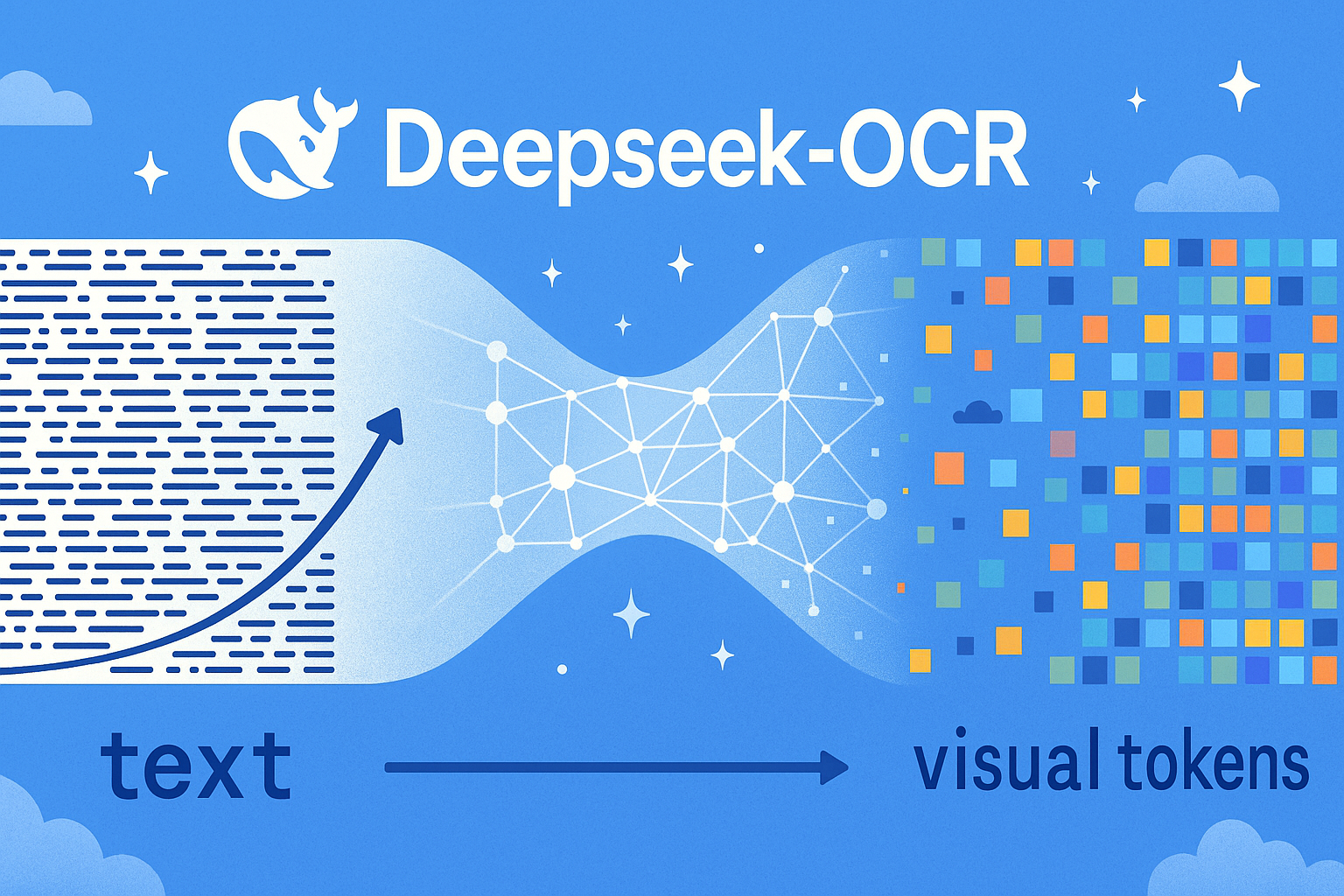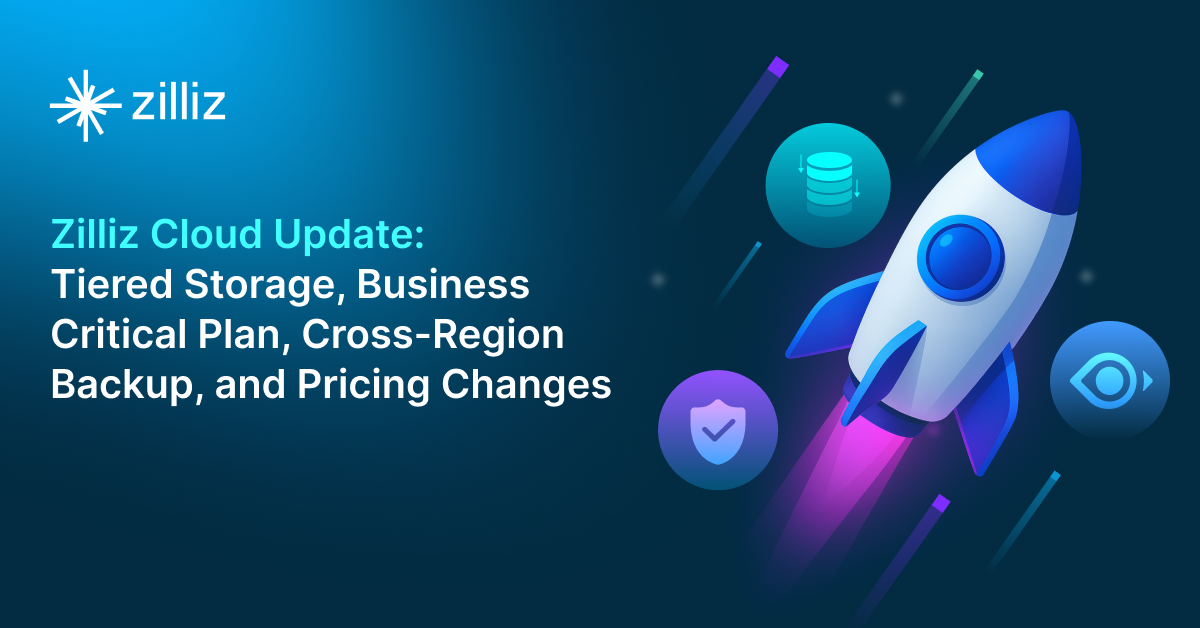Build RAG Chatbot with LangChain, pgvector, AWS Bedrock Claude 3.7 Sonnet, and Google Vertex AI text-embedding-004
Introduction to RAG
Retrieval-Augmented Generation (RAG) is a game-changer for GenAI applications, especially in conversational AI. It combines the power of pre-trained large language models (LLMs) like OpenAI’s GPT with external knowledge sources stored in vector databases such as Milvus and Zilliz Cloud, allowing for more accurate, contextually relevant, and up-to-date response generation. A RAG pipeline usually consists of four basic components: a vector database, an embedding model, an LLM, and a framework.
Key Components We'll Use for This RAG Chatbot
This tutorial shows you how to build a simple RAG chatbot in Python using the following components:
- LangChain: An open-source framework that helps you orchestrate the interaction between LLMs, vector stores, embedding models, etc, making it easier to integrate a RAG pipeline.
- Pgvector: an open-source extension for PostgreSQL that enables efficient storage and querying of high-dimensional vector data, essential for machine learning and AI applications. Designed to handle embeddings, it supports fast approximate nearest neighbor (ANN) searches using algorithms like HNSW and IVFFlat. Since it is just a vector search add-on to traditional search rather than a purpose-built vector database, it lacks scalability and availability and many other advanced features required by enterprise-level applications. Therefore, if you prefer a much more scalable solution or hate to manage your own infrastructure, we recommend using Zilliz Cloud, which is a fully managed vector database service built on the open-source Milvus and offers a free tier supporting up to 1 million vectors.)
- AWS Bedrock Claude 3.7 Sonnet: AWS Bedrock Claude 3.7 Sonnet: Built on Anthropic's Claude 3.7 Sonnet, AWS Bedrock integrates Claude's capabilities into AWS services, enabling seamless AI model deployment across industries. It offers scalable, high-performance natural language processing for enterprises, enhancing tasks like content creation, chatbots, and language-based AI solutions while leveraging AWS’s cloud infrastructure for ease of integration and scalability.
- Google Vertex AI text-embedding-004: This model specializes in creating high-quality text embeddings for diverse natural language processing tasks. Its strength lies in capturing semantic meaning and relationships effectively, making it suitable for applications such as semantic search, clustering, and recommendation systems. Ideal for developers seeking to enhance AI-driven insights from textual data.
By the end of this tutorial, you’ll have a functional chatbot capable of answering questions based on a custom knowledge base.
Note: Since we may use proprietary models in our tutorials, make sure you have the required API key beforehand.
Step 1: Install and Set Up LangChain
%pip install --quiet --upgrade langchain-text-splitters langchain-community langgraph
Step 2: Install and Set Up AWS Bedrock Claude 3.7 Sonnet
pip install -qU "langchain[aws]"
# Ensure your AWS credentials are configured
from langchain.chat_models import init_chat_model
llm = init_chat_model("anthropic.claude-3-7-sonnet-20250219-v1:0", model_provider="bedrock_converse")
Step 3: Install and Set Up Google Vertex AI text-embedding-004
pip install -qU langchain-google-vertexai
from langchain_google_vertexai import VertexAIEmbeddings
embeddings = VertexAIEmbeddings(model="text-embedding-004")
Step 4: Install and Set Up pgvector
pip install -qU langchain-postgres
from langchain_postgres import PGVector
vector_store = PGVector(
embeddings=embeddings,
collection_name="my_docs",
connection="postgresql+psycopg://...",
)
Step 5: Build a RAG Chatbot
Now that you’ve set up all components, let’s start to build a simple chatbot. We’ll use the Milvus introduction doc as a private knowledge base. You can replace it with your own dataset to customize your RAG chatbot.
import bs4
from langchain import hub
from langchain_community.document_loaders import WebBaseLoader
from langchain_core.documents import Document
from langchain_text_splitters import RecursiveCharacterTextSplitter
from langgraph.graph import START, StateGraph
from typing_extensions import List, TypedDict
# Load and chunk contents of the blog
loader = WebBaseLoader(
web_paths=("https://milvus.io/docs/overview.md",),
bs_kwargs=dict(
parse_only=bs4.SoupStrainer(
class_=("doc-style doc-post-content")
)
),
)
docs = loader.load()
text_splitter = RecursiveCharacterTextSplitter(chunk_size=1000, chunk_overlap=200)
all_splits = text_splitter.split_documents(docs)
# Index chunks
_ = vector_store.add_documents(documents=all_splits)
# Define prompt for question-answering
prompt = hub.pull("rlm/rag-prompt")
# Define state for application
class State(TypedDict):
question: str
context: List[Document]
answer: str
# Define application steps
def retrieve(state: State):
retrieved_docs = vector_store.similarity_search(state["question"])
return {"context": retrieved_docs}
def generate(state: State):
docs_content = "\n\n".join(doc.page_content for doc in state["context"])
messages = prompt.invoke({"question": state["question"], "context": docs_content})
response = llm.invoke(messages)
return {"answer": response.content}
# Compile application and test
graph_builder = StateGraph(State).add_sequence([retrieve, generate])
graph_builder.add_edge(START, "retrieve")
graph = graph_builder.compile()
Test the Chatbot
Yeah! You've built your own chatbot. Let's ask the chatbot a question.
response = graph.invoke({"question": "What data types does Milvus support?"})
print(response["answer"])
Example Output
Milvus supports various data types including sparse vectors, binary vectors, JSON, and arrays. Additionally, it handles common numerical and character types, making it versatile for different data modeling needs. This allows users to manage unstructured or multi-modal data efficiently.
Optimization Tips
As you build your RAG system, optimization is key to ensuring peak performance and efficiency. While setting up the components is an essential first step, fine-tuning each one will help you create a solution that works even better and scales seamlessly. In this section, we’ll share some practical tips for optimizing all these components, giving you the edge to build smarter, faster, and more responsive RAG applications.
LangChain optimization tips
To optimize LangChain, focus on minimizing redundant operations in your workflow by structuring your chains and agents efficiently. Use caching to avoid repeated computations, speeding up your system, and experiment with modular design to ensure that components like models or databases can be easily swapped out. This will provide both flexibility and efficiency, allowing you to quickly scale your system without unnecessary delays or complications.
pgvector optimization tips
To optimize pgvector in a Retrieval-Augmented Generation (RAG) setup, consider indexing your vectors using GiST or IVFFlat to significantly speed up search queries and improve retrieval performance. Make sure to leverage parallelization for query execution, allowing multiple queries to be processed simultaneously, especially for large datasets. Optimize memory usage by tuning the vector storage size and using compressed embeddings where possible. To further enhance query speed, implement pre-filtering techniques to narrow down search space before querying. Regularly rebuild indexes to ensure they are up to date with any new data. Fine-tune vectorization models to reduce dimensionality without sacrificing accuracy, thus improving both storage efficiency and retrieval times. Finally, manage resource allocation carefully, utilizing horizontal scaling for larger datasets and offloading intensive operations to dedicated processing units to maintain responsiveness during high-traffic periods.
AWS Bedrock Claude 3.7 Sonnet Optimization Tips
When integrating AWS Bedrock Claude 3.7 Sonnet in a RAG setup, optimize the retrieval pipeline by leveraging AWS’s scalable infrastructure for high-performance searches. Index documents based on relevance to ensure fast and accurate retrievals, and consider using AWS services like Lambda for dynamic scaling. Fine-tune Claude 3.7 Sonnet on specific industry or application data to enhance contextual relevance. Minimize costs and latency by adjusting the batch sizes for queries and optimizing the use of cloud-based storage solutions. Ensure that model hyperparameters, such as temperature and beam width, are fine-tuned to maintain both creativity and accuracy in generated responses.
Google Vertex AI text-embedding-004 optimization tips
Google Vertex AI text-embedding-004 offers high-quality embeddings suitable for a wide range of RAG applications. To improve retrieval efficiency, reduce redundancy in input text by preprocessing data and focusing on key concepts and relevant context. For large-scale deployments, utilize batch processing to generate embeddings in parallel, reducing latency. Optimize search performance by implementing hybrid search strategies that combine traditional keyword matching with dense vector similarity. Fine-tune temperature settings to balance between creativity and precision, and adjust the model’s top-k and top-p parameters to control the variability of results. Cache embeddings for high-demand queries to reduce unnecessary processing, and refresh embeddings periodically to maintain relevance as new data is ingested.
By implementing these tips across your components, you'll be able to enhance the performance and functionality of your RAG system, ensuring it’s optimized for both speed and accuracy. Keep testing, iterating, and refining your setup to stay ahead in the ever-evolving world of AI development.
RAG Cost Calculator: A Free Tool to Calculate Your Cost in Seconds
Estimating the cost of a Retrieval-Augmented Generation (RAG) pipeline involves analyzing expenses across vector storage, compute resources, and API usage. Key cost drivers include vector database queries, embedding generation, and LLM inference.
RAG Cost Calculator is a free tool that quickly estimates the cost of building a RAG pipeline, including chunking, embedding, vector storage/search, and LLM generation. It also helps you identify cost-saving opportunities and achieve up to 10x cost reduction on vector databases with the serverless option.
 Calculate your RAG cost
Calculate your RAG cost
What Have You Learned?
By diving into this tutorial, you’ve unlocked the power of combining cutting-edge tools to build a robust RAG system! You’ve seen how LangChain acts as the glue, seamlessly orchestrating workflows between your vector database, embedding model, and LLM. With Google’s text-embedding-004, you learned to transform raw data into rich semantic vectors, capturing nuanced meaning for retrieval. Storing these embeddings in pgvector—a PostgreSQL extension—gave you a flexible, scalable database that integrates smoothly with existing relational systems. Then, AWS Bedrock’s Claude 3 Sonnet stepped in as your LLM powerhouse, balancing cost-efficiency with high-quality reasoning to generate insightful, context-aware answers. Together, these tools form a dynamic pipeline where LangChain manages the flow: querying pgvector for relevant context, enriching prompts with retrieved data, and guiding Claude to deliver precise, grounded responses. You even explored optimization tricks, like tuning retrieval thresholds and chunking strategies, to boost speed and accuracy—and discovered how the free RAG cost calculator helps you estimate expenses upfront, ensuring your projects stay budget-friendly.
Now, imagine what you can build! Whether you’re crafting chatbots that feel human, automating research, or personalizing user experiences, you’ve got the tools to turn ideas into reality. The flexibility of LangChain means you can swap components, experiment with models like Claude 3 Haiku or Gemini embeddings, or scale pgvector to handle millions of records. Remember, every optimization tweak you make—from adjusting temperature settings to refining your indexing strategy—adds polish to your application. So, what’s next? Dive in, experiment fearlessly, and iterate. The world of RAG is yours to shape, and you’ve already got the blueprint. Build something that surprises you, solves real problems, and pushes the boundaries of what AI can do. Let’s get coding—your next breakthrough is just a prompt away! 🚀
Further Resources
🌟 In addition to this RAG tutorial, unleash your full potential with these incredible resources to level up your RAG skills.
- How to Build a Multimodal RAG | Documentation
- How to Enhance the Performance of Your RAG Pipeline
- Graph RAG with Milvus | Documentation
- How to Evaluate RAG Applications - Zilliz Learn
- Generative AI Resource Hub | Zilliz
We'd Love to Hear What You Think!
We’d love to hear your thoughts! 🌟 Leave your questions or comments below or join our vibrant Milvus Discord community to share your experiences, ask questions, or connect with thousands of AI enthusiasts. Your journey matters to us!
If you like this tutorial, show your support by giving our Milvus GitHub repo a star ⭐—it means the world to us and inspires us to keep creating! 💖
- Introduction to RAG
- Key Components We'll Use for This RAG Chatbot
- Step 1: Install and Set Up LangChain
- Step 2: Install and Set Up AWS Bedrock Claude 3.7 Sonnet
- Step 3: Install and Set Up Google Vertex AI text-embedding-004
- Step 4: Install and Set Up pgvector
- Step 5: Build a RAG Chatbot
- Optimization Tips
- RAG Cost Calculator: A Free Tool to Calculate Your Cost in Seconds
- What Have You Learned?
- Further Resources
- We'd Love to Hear What You Think!
Content
Vector Database at Scale
Zilliz Cloud is a fully-managed vector database built for scale, perfect for your RAG apps.
Try Zilliz Cloud for Free


